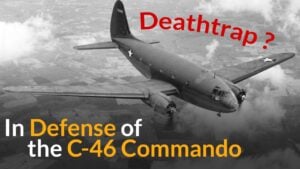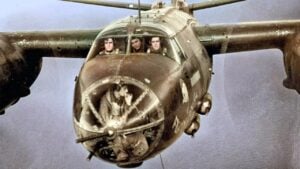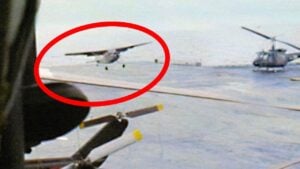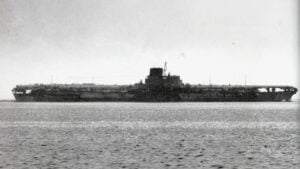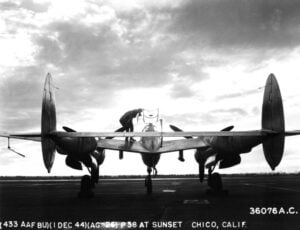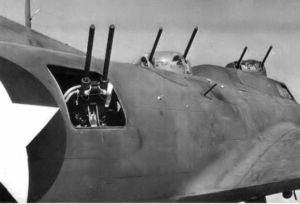Did You Know About the WWII Bomber With 88 Guns?

War Stories with Mark Felton / YouTube
During World War II, one Allied nation went to great lengths to create an effective ground attack aircraft capable of causing significant damage to enemy infantry and vehicles. That nation was the Soviet Union. In 1944, as the Red Army moved westward victoriously, two weapons designers came up with an innovative new weapons package called the “Fire Hedgehog.” They used the already well-proven Tupolev Tu-2 light bomber as the platform for their invention.
The Versatile Tu-2 and the Innovative Weapons Designers
The Tu-2 had entered Soviet service in 1941. It was a tough and reliable aircraft, serving as the Soviet equivalent to the American B-26 Marauder. It was armored on its underside and around the crew members’ seats, which helped it withstand low-level attack missions on German positions. Many of the squadrons flying the Tu-2 were made up entirely of women. The aircraft was already well-armed with two forward-firing 20mm cannons and three rear-firing 7.62mm machine guns.
Weapons designers Nadashkovich and Seveliev believed that they could significantly improve the Tu-2’s effectiveness against ground targets. Surprisingly, the weapon they chose was the famous PPSh-41 submachine gun. Known as the “Papa-Shah” to Russians, the PPSh-41 was a curious choice for aviation use. It was an infantry submachine gun with a short range, chambered in 7.62x25mm, and had a very high rate of fire—900 rounds per minute.

The “Hedgehog” Innovation and Its Challenges
For their experiments, the PPSh-41s were loaded with steel-cored 74-grain incendiary rounds that could penetrate German armor and set fire to the interiors of vehicles and positions. Nadashkovich and Seveliev created a special rack to mount 48 PPSh-41s pointing downward, which they later increased to 88 weapons. Each gun was loaded with a 71-round drum magazine. This curious innovation, named the “Hedgehog,” was mounted in the Tu-2’s bomb bay. Aiming was done from the cockpit using a special sight, and a button allowed all 88 submachine guns to fire simultaneously.
When loaded with 88 PPSh-41s, the specially modified bomber could deliver 6,248 incendiary rounds over an area 1,800 feet long and 4 feet wide in just four seconds. This made it lethal to ground personnel and various types of vehicles and fortifications. However, the “Hedgehog” was never adopted by the Red Air Force. Reloading all 88 submachine guns and replacing them in the rack was very labor-intensive for ground crews. Many of the weapons tended to jam during action, and due to the Papa-Shah’s short range, the Tu-2 would have needed to attack from an altitude of less than 800 feet, making it very vulnerable to German anti-aircraft fire and other ground attacks.














